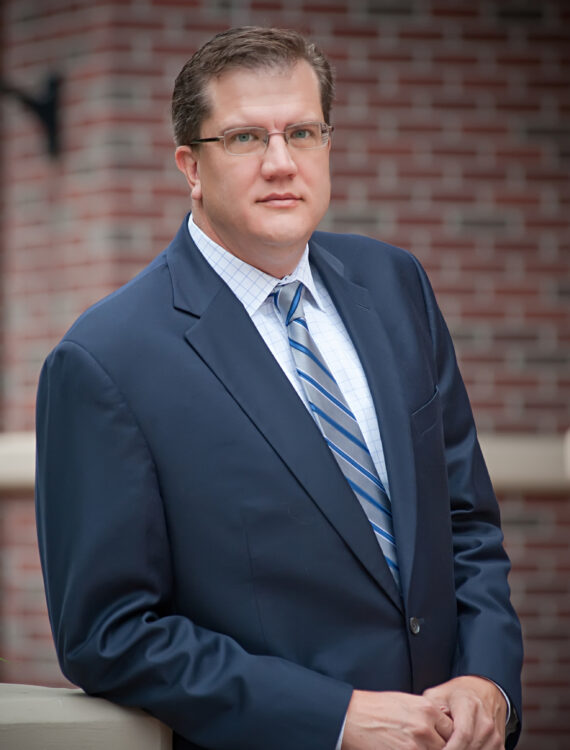Insurance & Banking Subcommittee to Review FHCF Proposal

The Insurance & Banking Subcommittee of the Florida House of Representatives is scheduled to hold a workshop today to consider proposals for shrinking the Florida Hurricane Catastrophe Fund. Jack Nicholson of the FHCF has advanced a proposal that will reduce the size of the FHCF, increase the industry’s retention, and increase the cost of FHCF coverage, all over a period of years. The FHCF expresses concern that current economic conditions create doubt as to whether the FHCF would be able to meet the full limit of coverage contemplated by its contracts with insurers. The so-called “right-sizing” proposal has the support of some policymakers and industry interests who point out that reducing the size of the FHCF will start to reduce the assessment burden that inevitably will affect all Floridians.
There are, however, significant questions about the proposal. The head of a prominent consumer group recently expressed support for the proposal as long as it would not increase rates by more than 10%. Unfortunately, we’re virtually assured that rates will increase more than 10% under the proposal, and that’s even in the best of scenarios. Assuming current pricing in the reinsurance market remains constant at 2011 levels, the proposal will cause insurers’ rates to go up 12-14% over the next four years. If one assumes that the reinsurance market will react to the increased demand for its product, the impact on rates could be double that amount (on top of whatever other rate needs insurers may have for reasons unrelated to replacing FHCF coverage). And all of this assumes there are no catastrophic events in Florida, or anywhere in the world for that matter, that puts additional pressure on rates. It takes bold assumptions to suggest that the market will not react to the increased demand, and that we’ll see a 4-5 year period coming up where catastrophes don’t affect the supply.
Reducing the size of the FHCF has intuitive appeal. The Florida insurance market is held together by mechanisms that defer costs today in favor of assessments later, which in some cases could last decades. However, as the state looks for ways to reduce this exposure, it must remain mindful of the balances that exist in the market. Citizens Property Insurance is growing at a disturbing pace. In many cases, this is simply because the government-run Citizens charges less than its actuarially indicated rate, and tehrefore less than what private insurers must charge. If we compound this by putting upward pressure on insurers’ rates, possibly to the tune of 20-30%, the disparity between Citizens and the private market will grow. This in turn will negate efforts to depopulate Citizens because policyholders will be unwilling to leave the suppressed rates of the residual market, ultimately leaving Floridians exposed to significant assessments.











